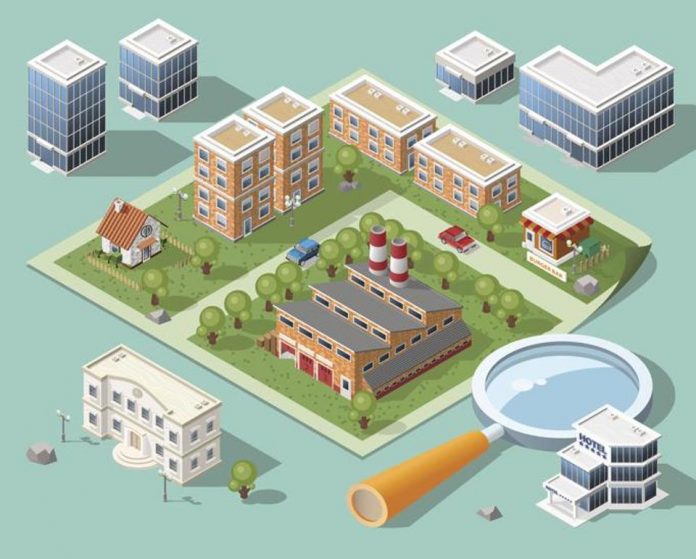“Commercial real-estate used to be concentrated in the seven major cities, Mumbai, Bengaluru, Delhi, Chennai, Hyderabad, Kolkata and Pune,” says Anuj Puri, chairman of property consultant Anarock.
Now markets in Tier-II cities: Jaipur, Indore, Chandigarh, Coimbatore and Kochi are seeing a rise in demand.
Puri says this is because good, affordable office spaces are now more available in the smaller towns. Mudassir Zaidi, executive director for north and property consultants Knight Frank India, adds that professional opportunities there are growing as well.
IT companies have shifted to cities such as Kochi and Indore, over the last four years. “Demand for space will naturally follow,” he says
Balbirsingh Khalsa, industrial and branch director for Ahmedabad at Knight Frank India points to another factor: e-commerce. “That that the push for Make in India is also boosting industrial and warehousing sectors,” he says.
Growth factor
This rise in property requirement and demand is also driven by the push from state governments. “State capitals are the obvious next step for development after the top seven cities see saturation,” says Zaidi of Knight Frank India.
According to Ram Chandnani, managing director of advisory and transaction services at real-estate consultants CBRE, Kochi is emerging as an alternative IT destination due to the government initiatives to develop Special Economic Zones (SEZ) in the city.
Data from real-estate portal PropertyWala.com, taken as an average for the five cities, showed that 35% of the requests were for office spaces, followed by shops at 29% and warehouses at 21%.
Jay Gupta, one of the three directors of the Jaipur-based Sankalp builders, says that their first commercial project, The Rise, was launched around a year-and-a-half ago, after the state government auctioned off some land. “Our project is a mix of mini shops and larger showrooms,” he says. “Since the launch, we have revised our prices twice and increased it by around 10% due to demand,” he says.
Experts and developers also attribute a slower residential market – a fallout of the three reforms of demonetisation, GST and RERA – for increased investment in commercial real-estate. According to PropertyWala.com, since May 2017, there has been an average of 14% rise in searches for commercial real-estate in the smaller cities.
“The market in and around Chandigarh was waiting to rise, given its proximity to Punjab, Haryana and Himachal Pradesh,” says Puneet Singh, sales head of the Chandigarh-based NK Sharma group of builders. The group’s first commercial venture, Raksha Business Centre, launched in 2013 in Zirakpur, near Chandigarh, is nearing completion. It has about 78 shops, and, “cafe chains, fast food chains have shown an interest in the property,” adds Singh.
“These cities are embarking on a growth curve and are likely to sustain in the future,” says Puri of Anarock. “In addition, limited availability of developable land in the top seven cities of India will also work in the favour of development of smaller cities.”
This in turn might further attract professionals to these cities. “It might have a ripple effect as the overall development of social and physical infrastructure will be organised, offering higher standards of living,” Puri says.
Pankaj Kapoor, managing director of property research firm, says this consequent development might not the extreme problems of congestion and overcrowding as metros due to limited population. “In a smaller city, tolerance for traffic may not be as high as in Mumbai. So they should built smooth transit systems. Roadways should be built such that traffic is not concentrated in pockets and is evenly spaced.”


